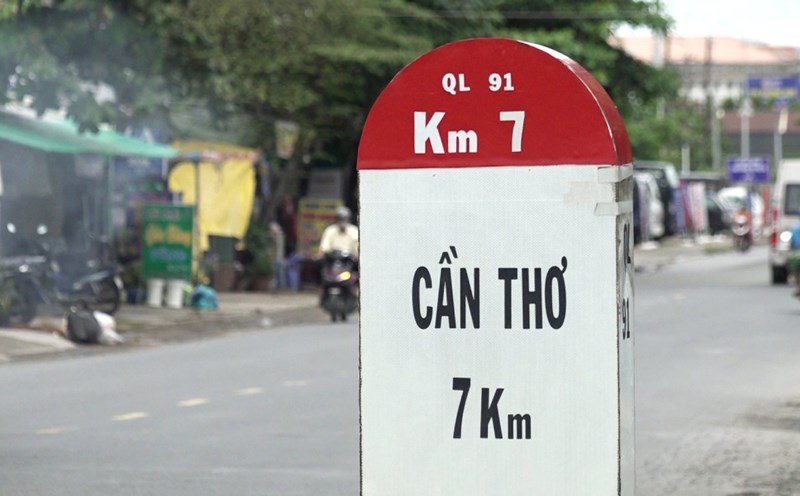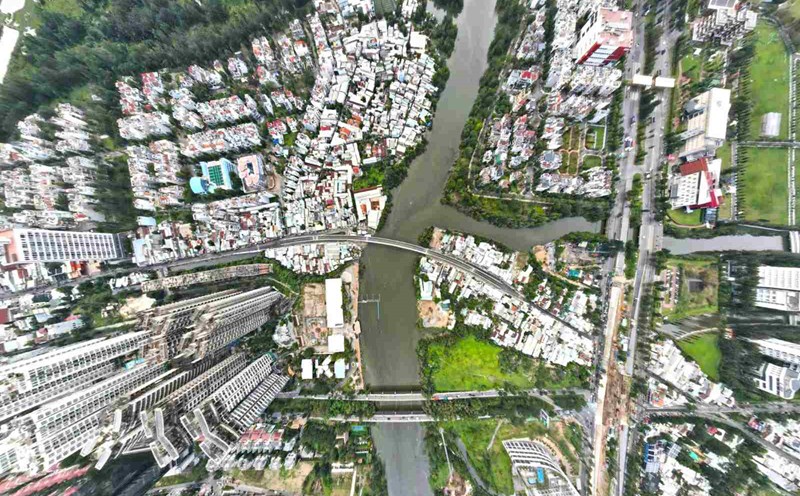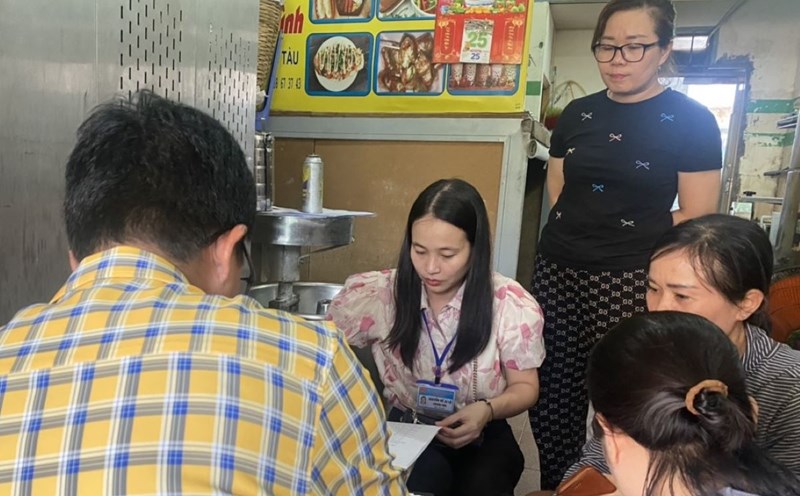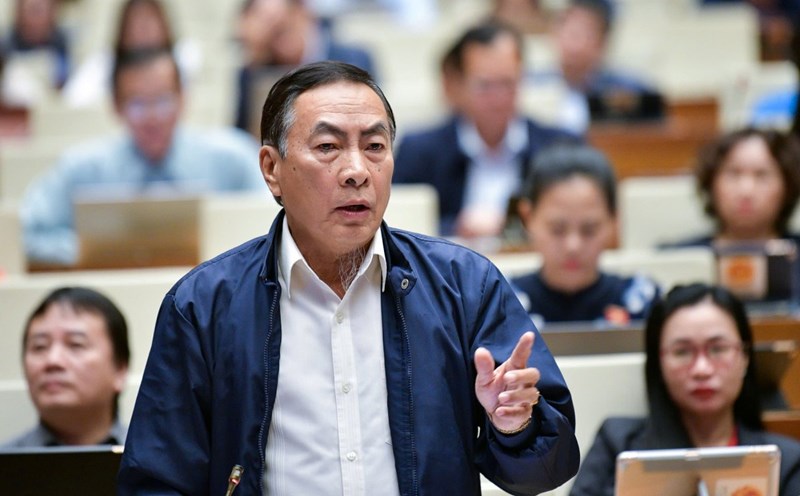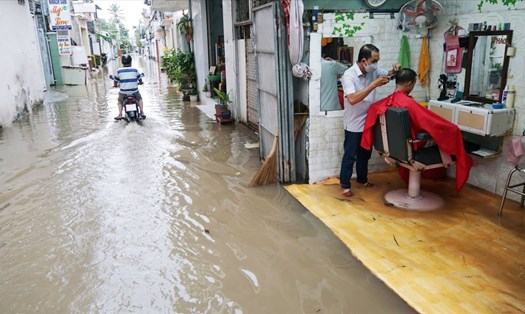IC3 and IC4 intersections in Cai Rang district, Can Tho city are locations that voters in the area are concerned about, reflecting on traffic congestion.
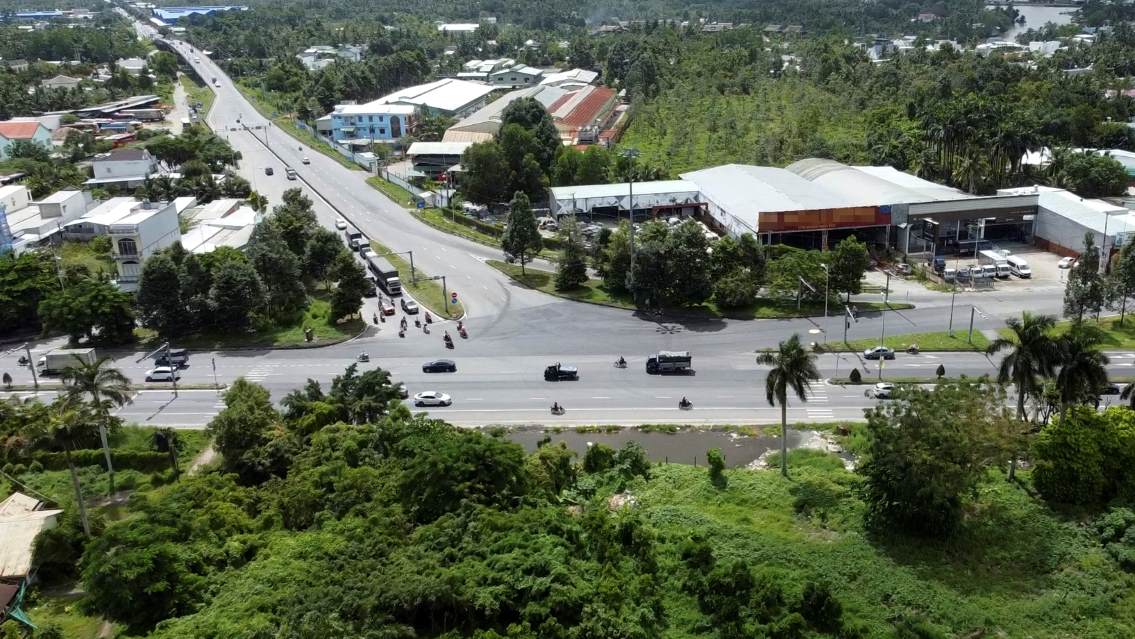
As for the IC4 intersection connecting National Highway 1 with National Highway 61C, this is currently a four-way intersection, but in the near future this area will connect with the Can Tho - Ca Mau expressway and will become a five-way intersection.
At the monitoring session of the Standing Committee of the Can Tho City People's Council on the settlement of voters' opinions, recommendations and reflections before and after the 16th session of the City People's Council, Mr. Le Tien Dung - Director of the Department of Transport of Can Tho City - said that the IC4 intersection is currently showing signs of congestion. When the branch of the expressway under construction is brought in, this area will also be seriously congested like the IC3 intersection.

Regarding this issue, in the project to upgrade and expand National Highway 61C, using JICA's capital in the DPO program (budget support program with the goal of sustainable development of the Mekong Delta in response to climate change), the Department of Transport has researched and proposed a solution to renovate this IC4 intersection with an overpass system.
Currently, this project is waiting for the Prime Minister to approve the investment policy. If approved, the project will be implemented by the end of 2025, combined with Thoi Lai - Giong Rieng road, this intersection will form a complete overpass system, completely overcoming the traffic congestion at this intersection.
For IC3 intersection (Vo Nguyen Giap Street - National Highway 1A - Quang Trung Street intersection) is the gateway area of Can Tho City. This location has high traffic density with vehicles from many provinces and cities passing through.
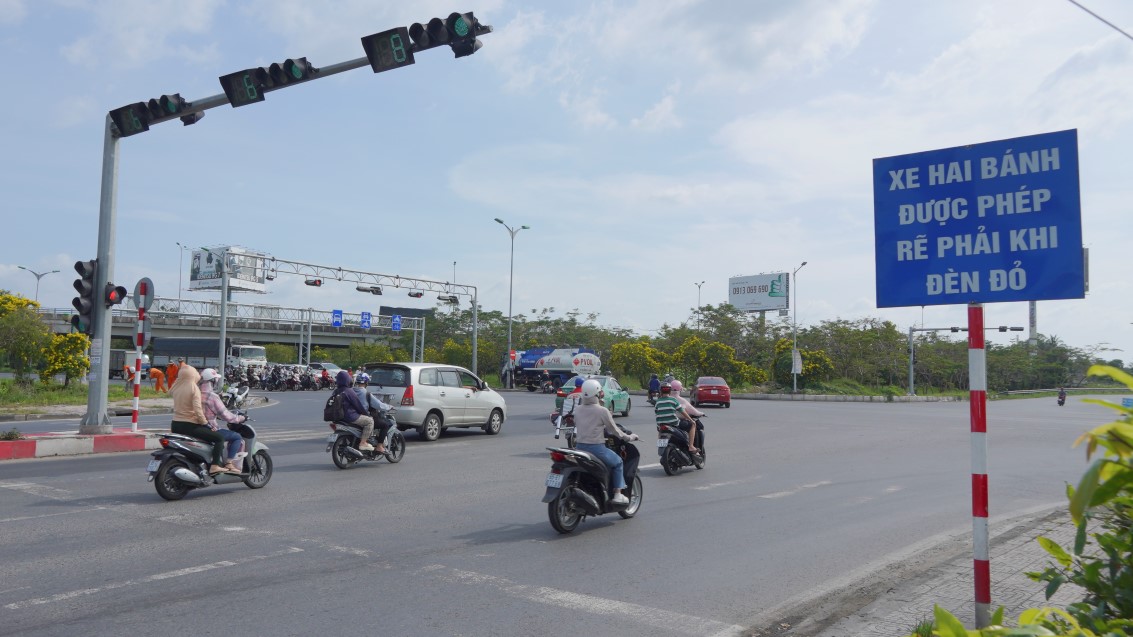
Talking to Lao Dong Newspaper, Mr. Mai Minh Ngoan - Chief of Office of Traffic Safety Committee (ATGT) of Can Tho City - said that for IC3 intersection, since its renovation and operation nearly 2 years ago, the entire intelligent traffic light system has been rebuilt, with lane division depending on the traffic volume of each direction, basically completing the traffic system here.
According to the assessment of the City Traffic Safety Committee, the IC3 intersection solves traffic congestion by about 95%. The remaining 5% is due to vehicle collisions when traffic participants run red lights, run yellow lights, causing traffic obstruction, or sometimes the traffic flow during rush hour is heavy, causing congestion, however, this number is insignificant.



